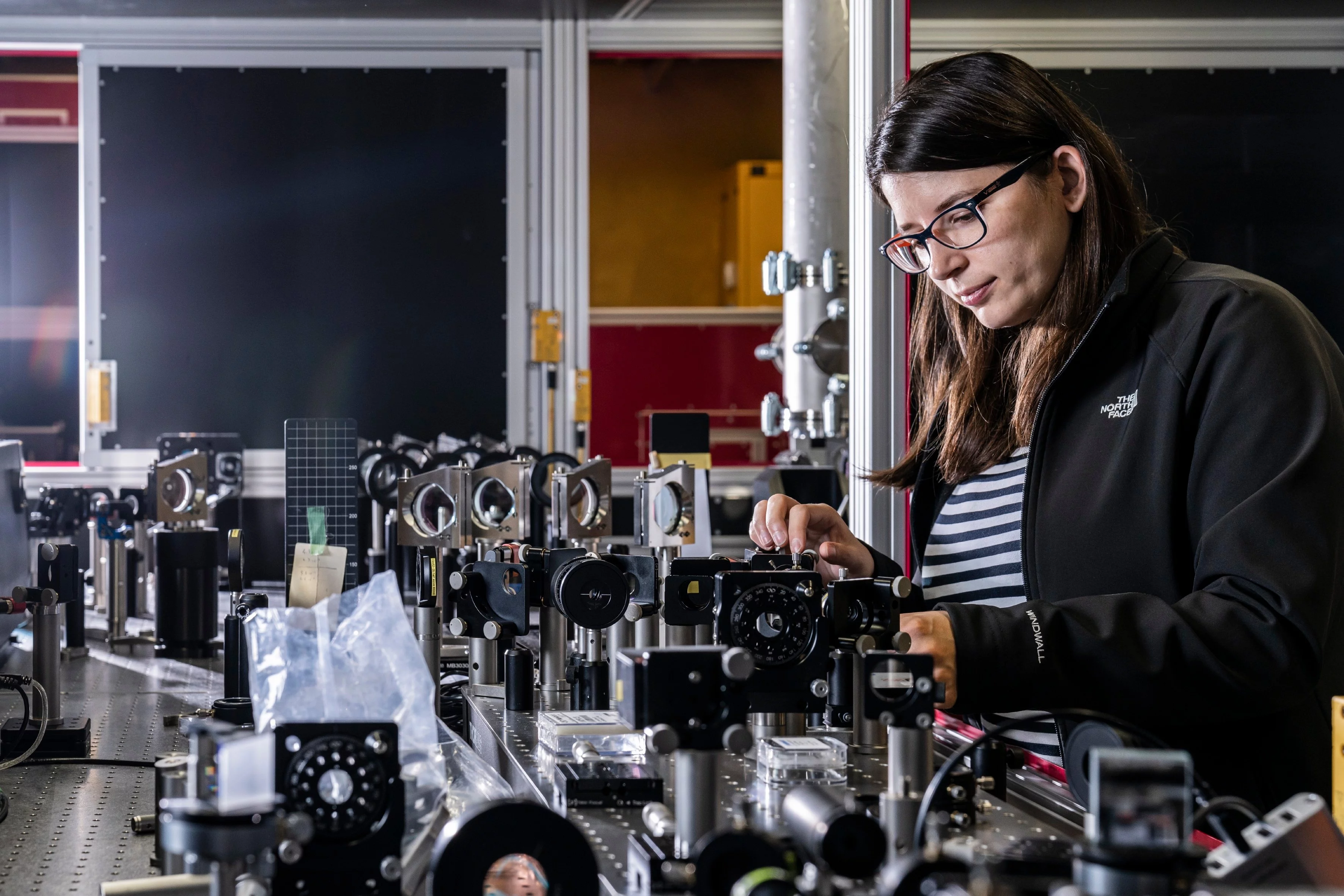DNA damage to the genetic material DNA drives cancer, ageing, and cell death. Therefore, DNA repair is crucial for all organisms, and a deeper understanding of this basic function helps us better comprehend how life around us survives and thrives. An international team of researchers has now revealed how the enzyme photolyase efficiently channels the energy of sunlight into DNA repair chemistry.
All life under the sun must cope with harmful UV rays. UV damage can take many forms, but DNA, the molecule that carries the genetic information of all living organisms, is especially vulnerable. For instance, UV can drive chemical cross-linking reactions of DNA, potentially introducing errors into the genetic code. This cross-linking can lead to cell death or – in the worst cases – mutagenesis and cancer. Such damage is not uncommon; under bright sunlight, a human skin cell can undergo 50-100 cross linking reactions per second.
“To survive, life has evolved powerful DNA repair mechanisms. One especially elegant solution is provided by the enzyme photolyase,” explains DESY scientist Thomas J. Lane, who is also a researcher in the Cluster of Excellence “CUI: Advanced Imaging of Matter” at Universität Hamburg. The enzyme uses sunlight to repair damage caused by sunlight. Photolyase is able to recognize the location where UV irradiation has cross-linked DNA and grabs onto those bits of damaged DNA. Then, it can capture a blue photon from the sun, and use it to perform repair chemistry, turning the DNA back into its original, healthy form.
Repair enzyme under the SwissFEL microscope
To better understand how photolyase works, the scientists were particularly interested first in the form of the enzyme immediately after absorbing a photon, but before repairing the DNA. Second, they wanted to find out the exact sequence of bond-breaking chemical reactions necessary to turn damaged DNA into healthy DNA. As a third step, the team sought to better understand how photolyase can specifically recognize which DNA is damaged.
Conducting time-resolved crystallography at the SwissFEL X-ray free-electron laser of PSI the scientists were able to capture the excited state of the photolyase chromophore, letting them understand how the enzyme efficiently channels the energy of sunlight into DNA repair chemistry. “This research was only made possible by the recent development of X-ray free-electron laser sources. Their intense femtosecond-duration pulses let us record flash X-ray photographs that freeze all atomic motion so that we can follow the reaction step by step at the speed of molecules,” says first author Nina-Eleni Christou from DESY.
A perfect fit is the key
Further, for decades, it was debated if the two carbon-carbon bonds involved in the repair process broke simultaneously, or in a stepwise fashion. Seeing that one bond breaks first, followed by the second, the team could finally answer this question. Finally, the enzyme has a binding pocket that is perfectly matched to the shape of damaged DNA. The researchers found that the repaired DNA does not fit in this pocket, as it’s too large and has the wrong shape. This explains why photolyase has a higher affinity for the damaged DNA than repaired, healthy DNA.
“This type of experiment is only possible with x-rays from FEL, and exemplifies the capabilities of SwissFEL and Alvra” says Camila Bacellar, group leader and beamline scientist. “We had the opportunity to perform a very similar experiment with another user group as well, where we visualized the repair process by photolyase down to atomic resolution with colleagues from Taiwan. Coincidentally, both these studies have been featured in the same issue of the journal Science, showing the relevance of the results.”
The scientists determined ten time-resolved structures of photolyase in the act of DNA repair. “Together, our structures illuminate the function of a powerful DNA repair system that elegantly uses sunlight to repair damage caused by sunlight,” Thomas J. Lane concludes. Unfortunately, humans lack this enzyme and must rely on other DNA repair mechanisms, but photolyase plays an important DNA repair role for nearly all other species.
Text based on a press release by the DESY research centre
© PSI provides image and/or video material free of charge for media coverage of the content of the above text. Use of this material for other purposes is not permitted. This also includes the transfer of the image and video material into databases as well as sale by third parties.
Contact
Dr. Camila Bacellar Cases da Silveira
Group Leader and Beamline Scientist at Alvra
Paul Scherrer Institute, Forschungsstrasse 111, 5232 Villigen PSI, Switzerland
+41 56 310 42 31
camila.bacellar@psi.ch
Original publications
Time-resolved crystallography captures light-driven DNA repair
Nina-Eleni Christou et al.
Science, 01.12.2023
DOI: 10.1126/science.adj4270
Visualizing the DNA repair process by a photolyase at atomic resolution
Manuel Maestre-Reyna et al.
Science, 01.12.2023
DOI: 10.1126/science.add7795


